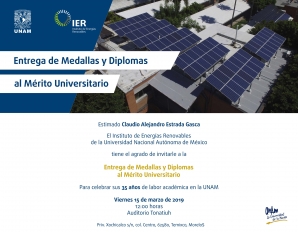Oscar Andrés Jaramillo-Quintero, Yarimeth Ameyalli Alarcón-Altamirano, Ramses Alejandro Miranda-Gamboab, Marina Elizabeth Rincón
Abstract
Interfacial charge transfer is a determining factor for the development of highly efficient solar cells. In antimony-based solar cells, interfacial engineering at the absorber/electron transport material interface relies on the use of a toxic CdS interlayer. In this work, an environmental-friendly interfacial engineering approach for planar Sb2S3 solar cells was implemented by using graphene-based nanoribbons. Graphene nanoribbons (GNR) and sulfur-doped graphene nanoribbons (S-GNR) sheets were incorporated as interlayer between TiO2 and Sb2S3 films in planar Sb2S3 solar cells, resulting in an enhanced photovoltaic performance up to 4.1%. Kelvin probe and C-V measurements revealed that the improvement was related to the superior built-in voltage due to the lower work function of the graphene-based interlayers along with a suitable cascade interfacial charge transfer. More importantly, surface photovoltage transient and intensity-modulated photocurrent and photovoltage spectroscopies also demonstrated that the presence of these interlayers decreased the electron transport time and suppressed the formation of interfacial states, which in turns reduced the interfacial recombination pathways boosting the performance of the devices fabricated. Although S-doped GNR provides the best results, more work is in progress to determine the cause of increased efficiency and the lack of significant Voc increase.

